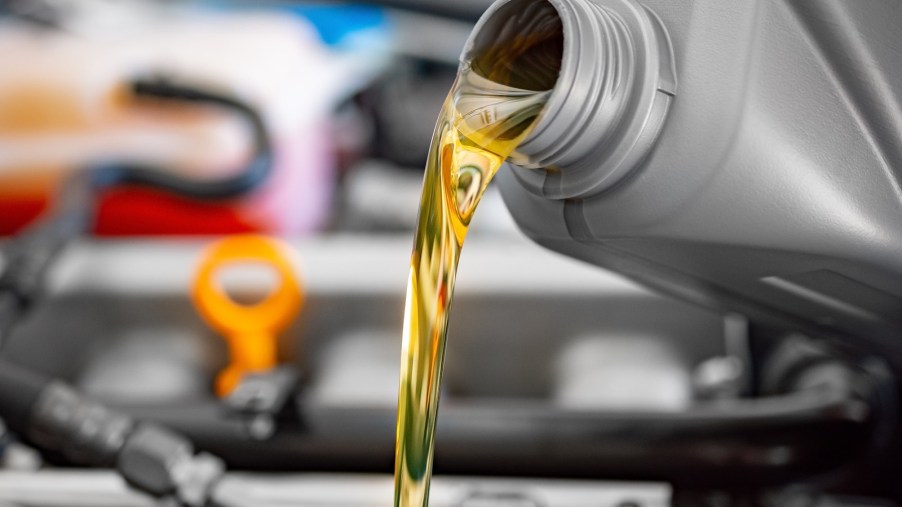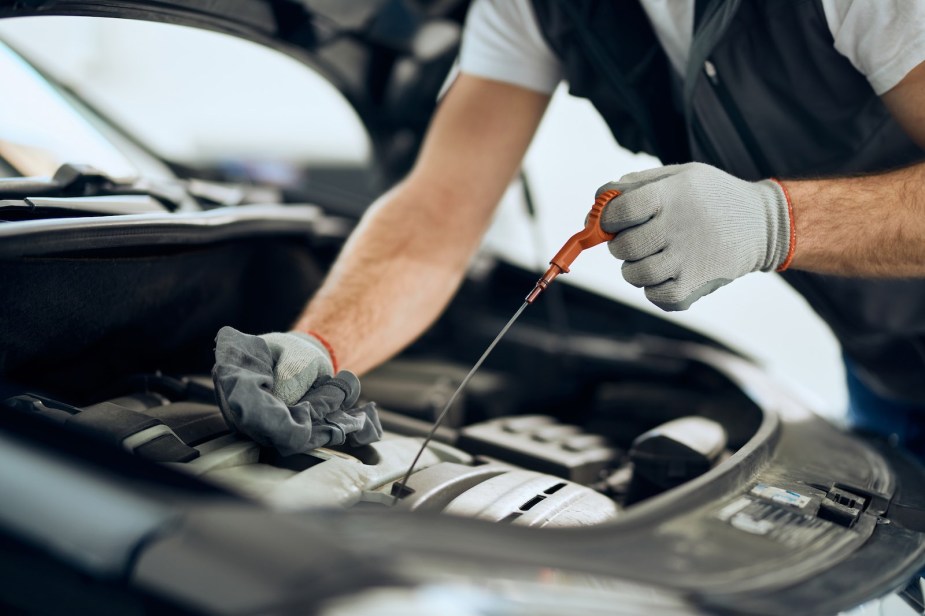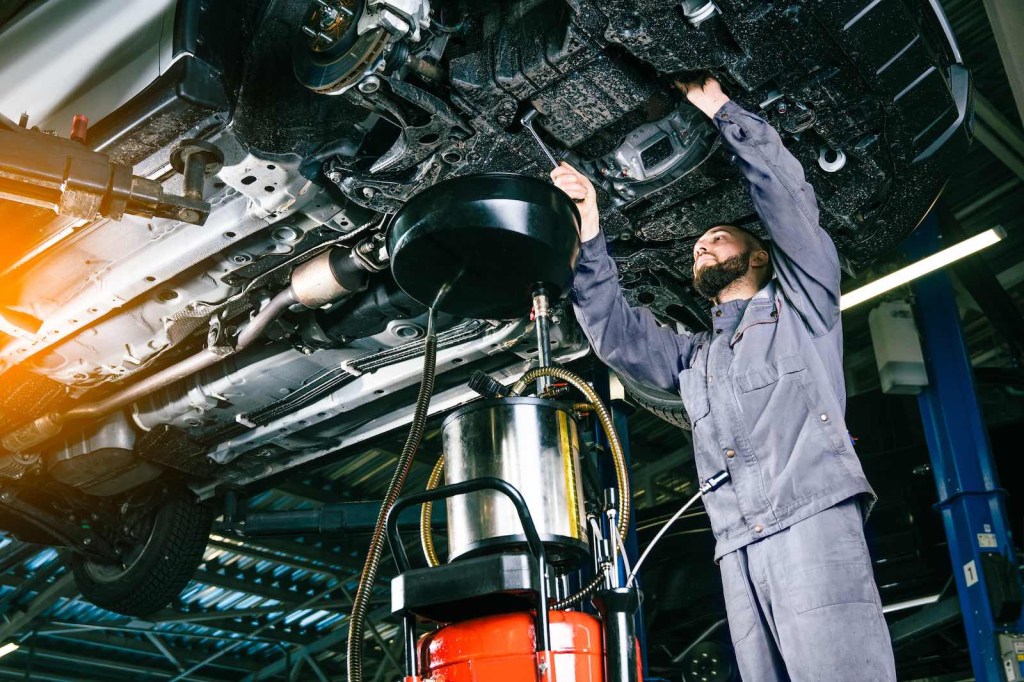
Big Oil Conspiracy? Some Europeans Wait 20,000 Miles to Change It
You are probably used to changing your oil much more often than necessary. The U.S.A. is clinging to outdated oil change intervals. And proof lies in how rarely Europeans change their engine oil.
I a grew up in a, “We change our oil every six months or 3,000 miles” family. Heck, it was spring and fall tradition. My dad taught me to examine my drain pan and jack the front of my truck up if that makes the drain plug the lowest point, then leave the engine to empty out over night. Why? To let every last bit of used oil drip out, along with grit and sludge. We were serious about our oil changes.
And in defense of the seasonal oil change, I will say it allows you to switch to a different weight for cold weather. It also means you can examine your used oil, even dragging a magnet through it to look for excessive metal shavings–a telltale sign that something is seriously wrong with your engine. But I doubt this is a tradition I’ll have with my kids, by the time they’re driving new cars.

A Reddit user recently took a trip to Europe and learned that oil change intervals there are closer to 15,000 miles (yes, that’s after converting from kilometers). For the latest E-class, Mercedes-Benz recommends its European drivers change oil after two years or 20,000 miles (whichever comes first). These numbers have re-ignited the age old debate: “Why do Europeans wait so long to change their oil?” There are a few possible reasons. But don’t go running your Mustang’s oil for 20,000 miles just yet.
One reason for longer oil change intervals may simply be that European cars have deeper sumps that carry more oil. Here’s an example, a 2.7-liter Porsche Boxster engine holds nine quarts of oil. Nine! A 5.7-liter V8 Challenger only takes seven. And a 2.7-liter-ish Japanese car will only call for four, maybe five quarts.
In addition, regular European oil is engineered for long mileage. Here in the U.S., entry-level oil must meet API/SAE regulation. But in Europe, that wouldn’t cut it. European (ACEA) standards contain additives to support longer change intervals, so this oil is more akin to special “long life” oils sold in the U.S.

Finally, almost any car made in Europe in the past few decades will use fully synthetic. And I’m dating myself here, most U.S.-built cars have moved to synthetic too, but made the switch quite a bit later. Synthetic oil runs cooler, so it breaks down slower.
It would be foolish to try and run your American pickup truck for 20,000 miles without an oil change, just because the Mercedes E-Class can do it. It looks like Europe has a different system, set up for longer oil change intervals. If we began engineering our vehicles and oil for these kinds of intervals, you’d probably change your oil half as often–but pay twice as much to do it. Literally six of one, half a dozen of the other.
So will the U.S. ever make the switch? I predict we will, and it will probably be part of the initiative for more environmentally-friendly vehicles.



